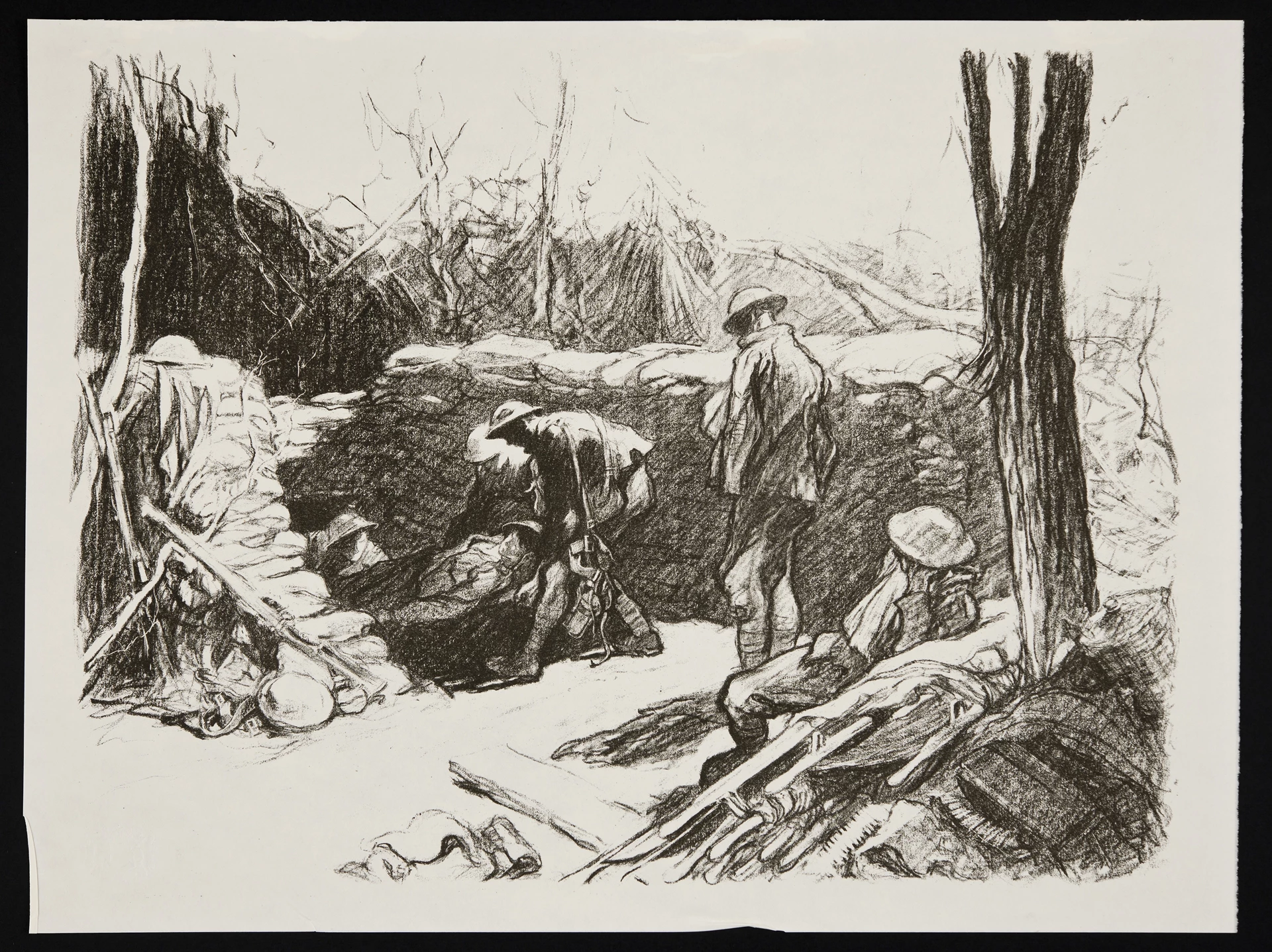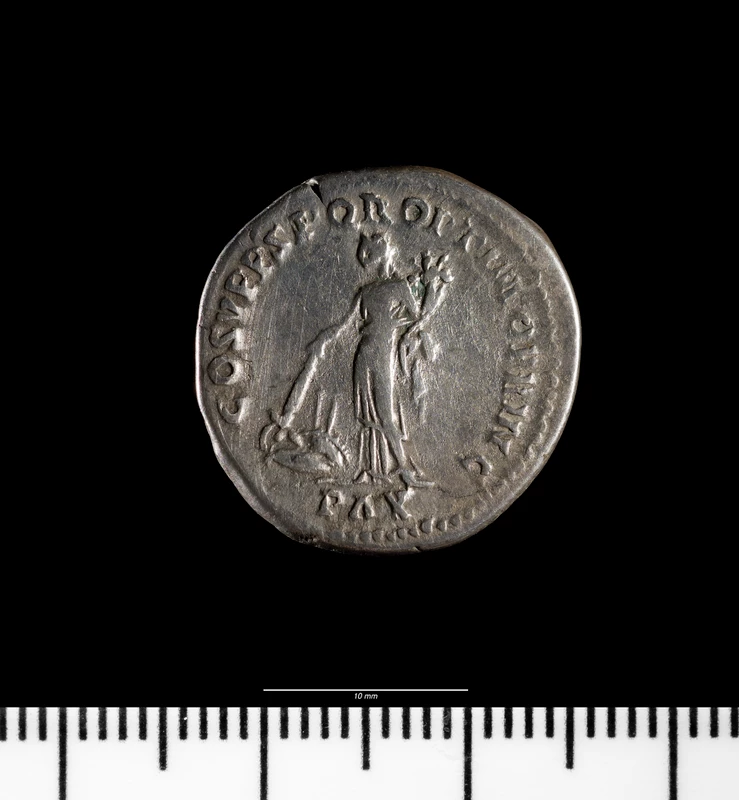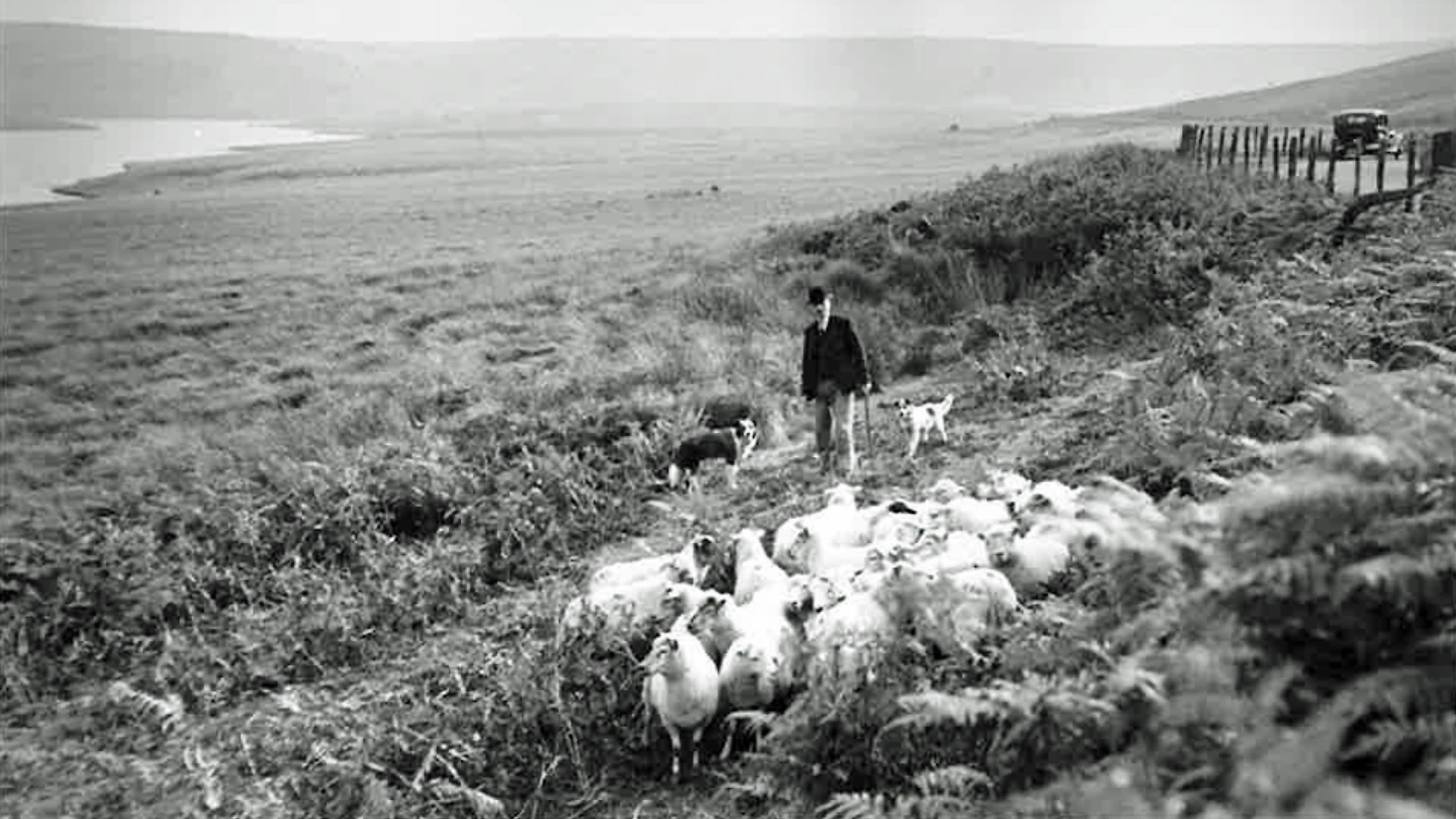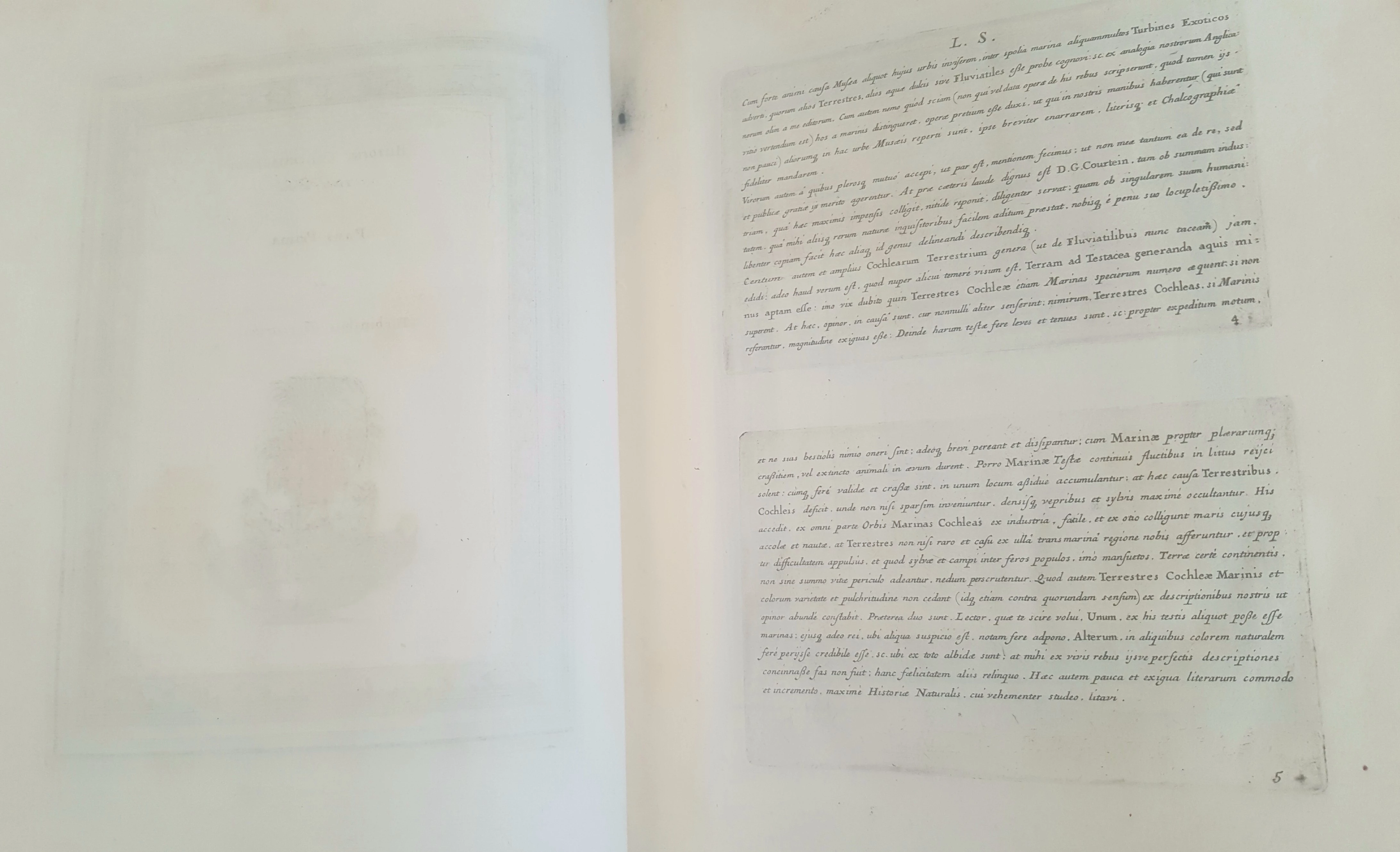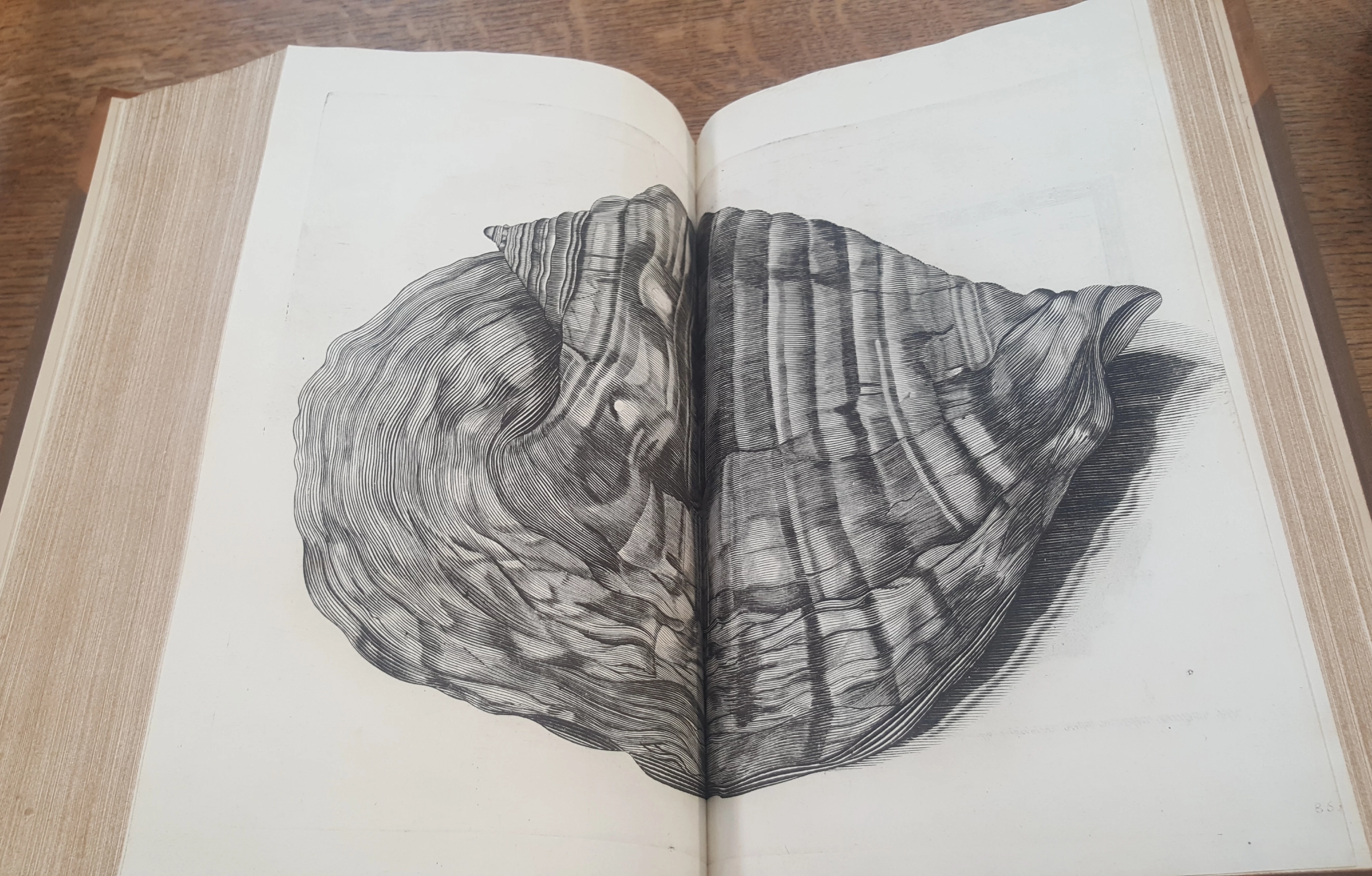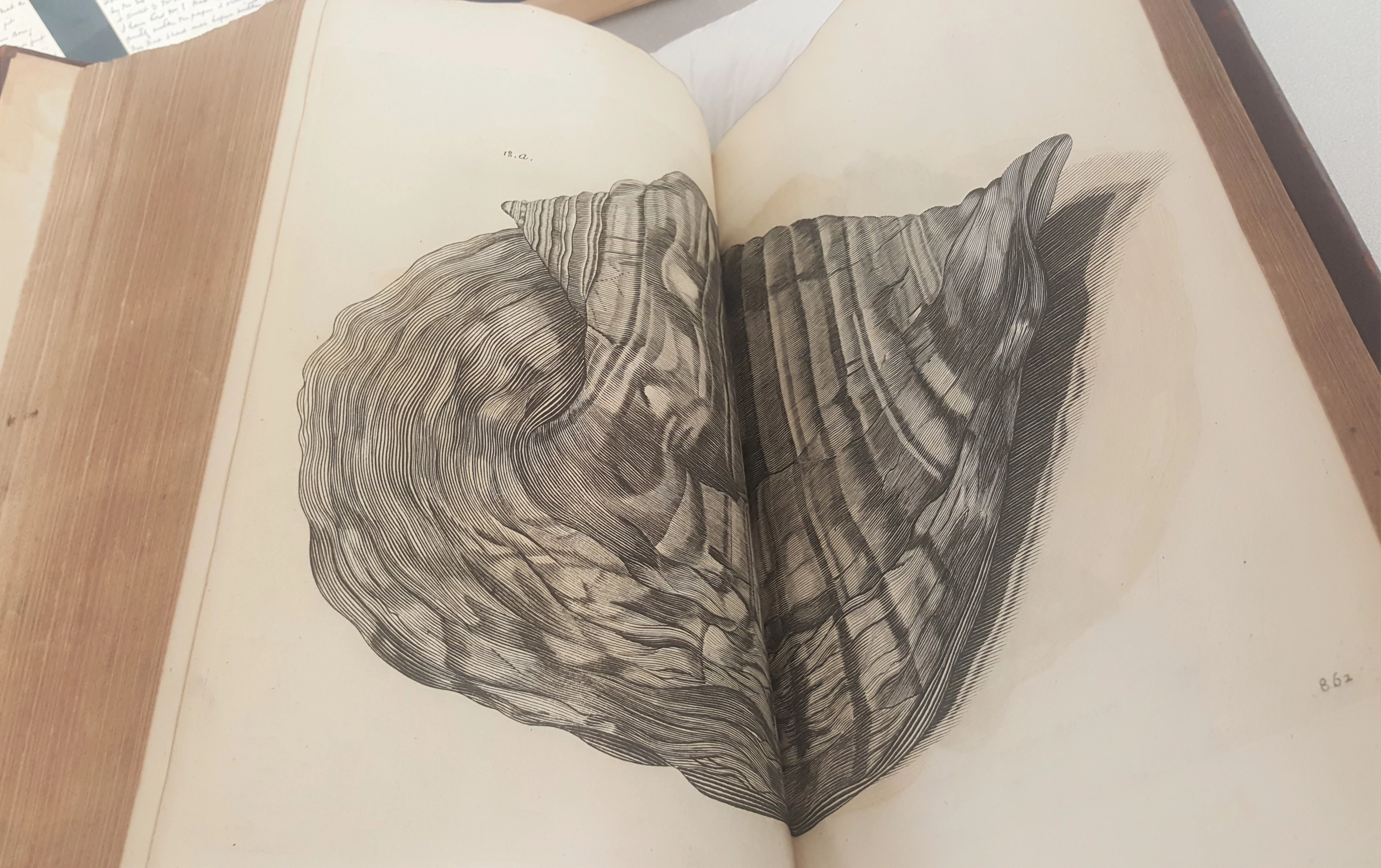The Great War: Britain’s Efforts and Ideals
, 4 Mai 2018
A selection of emotive, thought-provoking images from the period of the First World War has been added to our Commercial Picture Library and Prints Service.
In 2014, National Museum Cardiff held an exhibition, The Great War: Britain’s Efforts and Ideals, which displayed a complete series of 66 lithographs of artistic propaganda prints commissioned by the Bureau of Propaganda (later renamed the Ministry of Information) in 1917.
The aim of the series was to encourage a war-weary public and to raise support for the war effort. The lithographs were published under the two titles ‘Efforts’ and ‘Ideals’ and contain work contributed by 18 artists including Frank Brangwyn, Muirhead Bone, George Clausen and A. S. Hartrick.
Under the ‘Efforts’ section, nine of the artists were commissioned to produce six works under a heading, including Making Guns, Women’s Work and Wounded. Within the ‘Ideals’ portfolio, the 12 artists illustrated the ambitions and aims of the war. The artists were given subjects to work within and each of the images had to pass censorship regulations.
Each image shows people going about their daily lives during the war. Like so many others, they were ordinary people living in extraordinary times, selflessly sacrificing for others and all of us today.
To read more about this collection, please open the following link to a blog by Rhodri Viney, Digital Content Assistant at Amgueddfa Cymru:
To reflect upon the centenary of the end of the First World War, National Museum Cardiff is holding an exhibition entitled Poppies for Remembrance. This exhibition will explore how the poppy became the symbol for remembrance, provide an opportunity for contemplation and reflection on loss and recovery, as well as look at the science of poppy biodiversity, the many species of poppies worldwide and the threats to their existence. The exhibition will run from 21 July 2018 to 3 March 2019. Details below:
Poppies for Remembrance Exhibition
